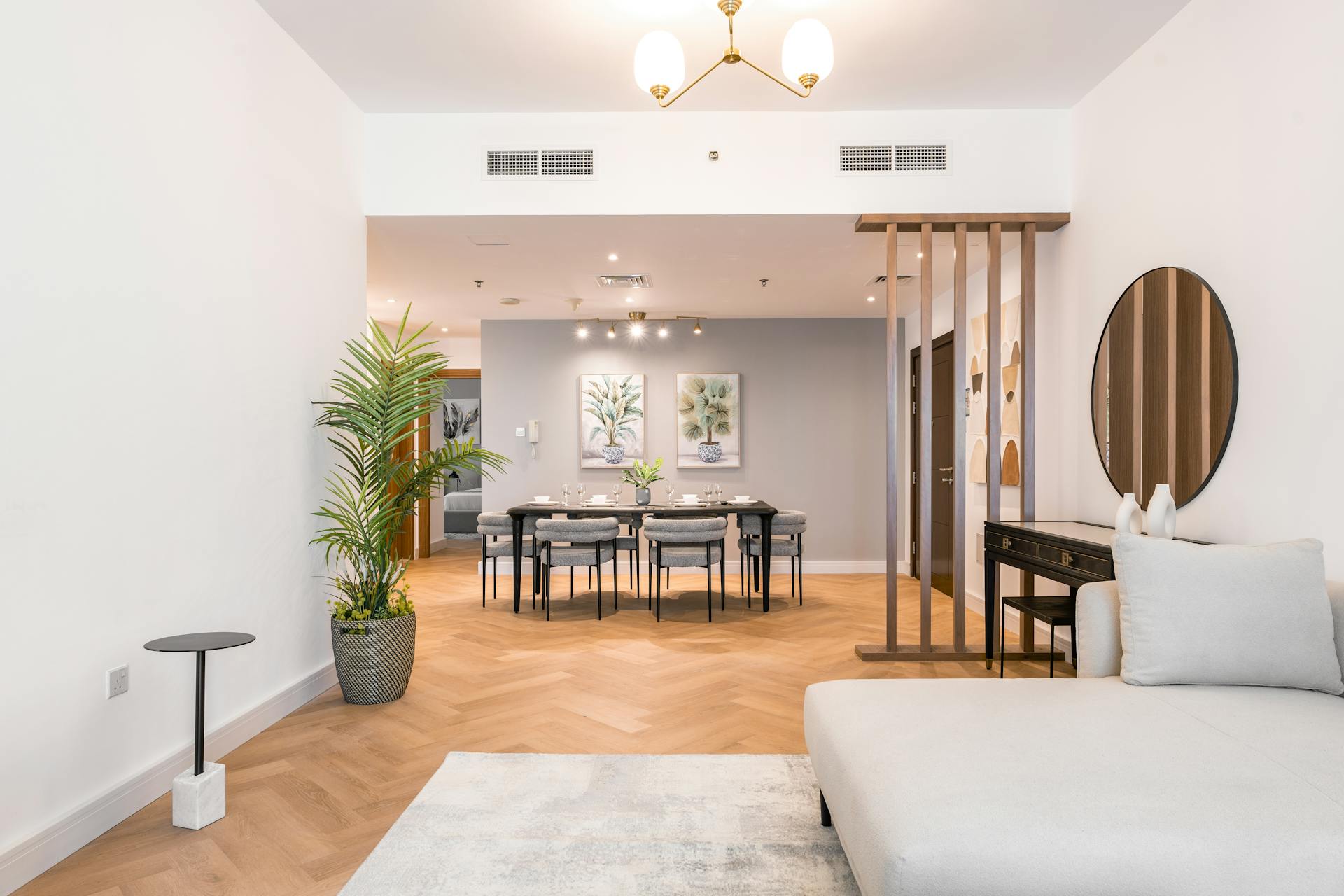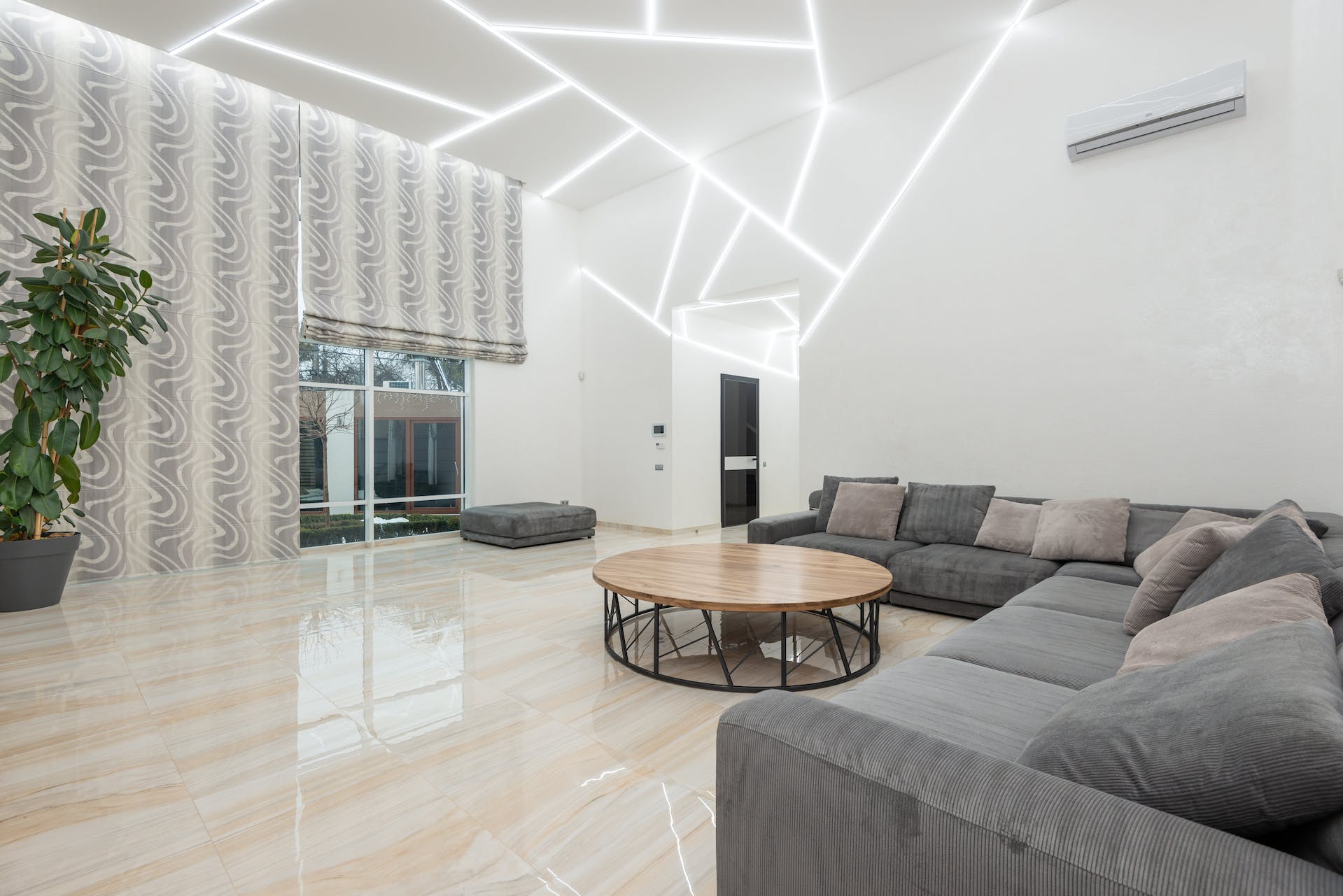Navigating the commercial real estate market can be a complex endeavor.
Whether you’re an investor, a real estate professional, or a business owner, understanding the market is crucial.
This guide aims to provide you with a comprehensive overview of the commercial real estate market. It will delve into market trends, investment opportunities, and practical tips.
From understanding the importance of location to conducting a thorough market analysis, this guide covers it all. It also explores the role of technology and innovation in shaping the market.
Whether you’re a seasoned investor or just starting out, this guide offers valuable insights.
Stay with us as we navigate the intricacies of the commercial real estate market together.
Understanding the Commercial Real Estate Market
The commercial real estate market is a vast and diverse sector. It encompasses a wide range of property types, each with its unique characteristics and investment considerations.
Understanding the market requires a grasp of these property types. It also involves recognizing the importance of location and the role of market cycles.
Here are some key aspects to consider:
- Types of commercial real estate
- The importance of location
- Market cycles and timing
Types of Commercial Real Estate
Commercial real estate is categorized into several types. These include office buildings, retail properties, industrial spaces, and multifamily housing.
Each type has its unique features and investment considerations. For instance, office buildings can range from small professional buildings to large skyscrapers.
Retail properties include shopping centers, strip malls, and standalone stores. Industrial spaces can be warehouses, manufacturing facilities, or distribution centers. Multifamily housing includes apartment buildings and condominiums.
The Importance of Location
Location plays a crucial role in commercial real estate. It can significantly impact the value of a property and its potential for returns.
A property in a prime location can command higher rents and attract quality tenants. On the other hand, a property in a less desirable location may struggle to find tenants and generate income.
Therefore, understanding the local market and choosing the right location is key to successful commercial real estate investment.
Market Cycles and Timing
The commercial real estate market, like any other market, goes through cycles. These cycles are influenced by various factors, including economic conditions, interest rates, and supply and demand dynamics.
Understanding these cycles can help investors make informed decisions. For instance, buying at the bottom of a cycle when prices are low can lead to significant gains as the market recovers.
Conversely, selling at the peak of a cycle can maximize profits. Therefore, timing is a crucial aspect of successful commercial real estate investment.
Economic Indicators and Their Impact
Economic indicators play a significant role in the commercial real estate market. They can influence property values, rental rates, and investment decisions.
Key indicators include GDP growth, employment rates, and inflation. For instance, strong GDP growth and low unemployment can boost demand for commercial properties.
On the other hand, high inflation can erode purchasing power and dampen investment activity. Therefore, keeping an eye on these indicators can help investors navigate the market effectively.
Interest Rates and Property Values
Interest rates are a key economic indicator in the commercial real estate market. They can significantly impact property values and investment decisions.
When interest rates are low, borrowing costs are reduced. This can stimulate demand for commercial properties and drive up prices.
On the contrary, high interest rates can increase borrowing costs and dampen demand, leading to lower property values.
Analyzing Economic Trends
Analyzing economic trends is crucial in the commercial real estate market. It can provide insights into market conditions and future prospects.
Investors can use economic data to identify trends and make informed decisions. For instance, a growing economy can signal strong demand for commercial properties.
On the other hand, an economic downturn can indicate potential risks and challenges. Therefore, understanding economic trends is key to successful commercial real estate investment.
Investment Opportunities in Commercial Real Estate
The commercial real estate market offers a plethora of investment opportunities. These range from office buildings and retail spaces to industrial properties and multifamily housing.
Each type of property comes with its own set of advantages and challenges. For instance, office buildings can provide steady rental income, while retail spaces can offer high returns during economic booms.
Investors can also explore opportunities in emerging sectors. These include data centers, coworking spaces, and logistics facilities, driven by trends such as digitalization and e-commerce.
Here are some key opportunities in commercial real estate:
- Office buildings
- Retail spaces
- Industrial properties
- Multifamily housing
- Data centers
- Coworking spaces
- Logistics facilities
Diversification and Risk Management
Diversification is a key strategy in commercial real estate investment. It involves spreading investments across different types of properties and locations.
This can help mitigate risks associated with market fluctuations. For instance, if the office market is underperforming, investments in retail or industrial properties can offset losses.
Moreover, diversification can also provide exposure to different market segments and growth opportunities. Therefore, it plays a crucial role in risk management in commercial real estate investment.
Identifying High Potential Properties
Identifying high potential properties is a critical skill in commercial real estate investment. It involves assessing various factors such as location, market trends, and property condition.
For instance, properties in prime locations with high foot traffic can offer high rental yields. Similarly, properties in emerging markets can provide growth opportunities.
Moreover, properties with potential for redevelopment or adaptive reuse can also offer high returns. Therefore, the ability to identify high potential properties can significantly enhance investment success.
Conducting Market Analysis
Market analysis is a vital step in commercial real estate investment. It involves examining various factors that can influence property values and investment returns.
These factors include economic indicators, market trends, and property-specific characteristics. For instance, a strong economy can boost demand for commercial properties, leading to higher rental rates and property values.
Conversely, market downturns can lead to lower demand and falling property values. Therefore, conducting a thorough market analysis can help investors make informed decisions and mitigate risks.
Moreover, market analysis can also help identify investment opportunities. For instance, it can reveal undervalued properties with high growth potential, providing lucrative investment opportunities.
The Role of Real Estate Photo Editing
Real estate photo editing plays a crucial role in marketing commercial properties. High-quality images can attract potential buyers and tenants, enhancing the property’s marketability.
 by Mailchimp (https://unsplash.com/@mailchimp)
by Mailchimp (https://unsplash.com/@mailchimp)
Moreover, photo editing can also help highlight the property’s key features. For instance, it can enhance the property’s lighting, colors, and overall appeal, making it more attractive to potential buyers or tenants.
Therefore, investing in professional real estate photo editing can significantly enhance a property’s marketability and potentially increase its value.
Technology and Innovation in Market Analysis
Technology and innovation are transforming market analysis in commercial real estate. Advanced tools and platforms are enabling investors to analyze markets and properties with greater accuracy and efficiency.
For instance, data analytics can provide insights into market trends and property performance. Similarly, artificial intelligence can automate market analysis, saving time and reducing errors.
Moreover, technology can also provide access to real-time market data. This can help investors stay updated with market changes and make timely investment decisions. Therefore, leveraging technology and innovation can significantly enhance market analysis in commercial real estate.
Legal and Regulatory Considerations
Legal and regulatory considerations are crucial in commercial real estate. They can significantly impact property values, investment returns, and risk levels.
For instance, zoning laws can determine the types of activities that can occur on a property. This can influence the property’s marketability and potential uses.
Similarly, lease agreements can affect a property’s income potential and risk profile. For instance, long-term leases can provide stable income but may limit flexibility.
Moreover, legal and regulatory changes can also impact the commercial real estate market. Therefore, staying updated with these changes is vital for successful investment.
Zoning Laws and Regulations
Zoning laws and regulations play a key role in commercial real estate. They determine the types of activities that can occur on a property.
For instance, a property zoned for retail use cannot be used for industrial activities. Violating zoning laws can result in penalties and legal issues.
Therefore, understanding zoning laws and regulations is crucial when selecting commercial properties for investment.
Leases and Tenant Creditworthiness
Leases and tenant creditworthiness are important considerations in commercial real estate. They can significantly impact a property’s income potential and risk profile.
For instance, long-term leases can provide stable income but may limit flexibility. On the other hand, short-term leases can provide flexibility but may result in higher vacancy rates.
Moreover, tenant creditworthiness can affect the likelihood of lease defaults. Therefore, assessing tenant creditworthiness is crucial when leasing commercial properties.
Real Estate Trends and Their Implications
Understanding real estate trends is crucial for navigating the commercial real estate market. These trends can provide insights into market dynamics, investment opportunities, and potential risks.
For instance, demographic shifts can influence the demand for different types of commercial properties. Similarly, technological advancements can impact how properties are marketed and managed.
Moreover, global events can also affect the commercial real estate market. For instance, the COVID-19 pandemic has significantly impacted the office and retail property markets.
Therefore, staying updated with real estate trends can help investors make informed decisions and adapt to market changes.
Current and Emerging Trends
Current and emerging trends can provide valuable insights into the commercial real estate market. They can help investors identify investment opportunities and potential risks.
For instance, the rise of e-commerce has increased the demand for industrial properties for warehousing and distribution. Similarly, the growth of remote work has impacted the office property market.
Moreover, sustainability and green building practices are becoming increasingly important in commercial real estate. Therefore, understanding these trends is crucial for successful investment.
Adapting to Market Changes
Adapting to market changes is crucial in commercial real estate. Market conditions can change rapidly due to economic, demographic, technological, and global factors.
For instance, the COVID-19 pandemic has accelerated the trend towards remote work, impacting the office property market. Similarly, the growth of e-commerce has increased the demand for industrial properties.
Therefore, flexibility and adaptability are key for successful investment in the commercial real estate market. Investors need to continuously monitor market trends and adjust their strategies accordingly.
Tips for Successful Commercial Real Estate Investment
Investing in commercial real estate can be a rewarding venture. However, it requires careful planning, thorough research, and strategic decision-making.
One key aspect is understanding the market cycles and timing your investments accordingly. It’s also crucial to diversify your portfolio to manage risk effectively.
Moreover, building a professional network and leveraging technology can provide a competitive edge. Here are some tips for successful commercial real estate investment:
- Understand the market cycles and timing
- Diversify your portfolio
- Build a professional network
- Leverage technology for market analysis
Building a Professional Network
Building a professional network is crucial in the commercial real estate industry. It can provide valuable insights, advice, and opportunities.
Your network can include real estate professionals, brokers, investors, and industry experts. They can provide insights into market trends, investment opportunities, and potential risks.
Moreover, a strong network can also provide support and guidance, especially for new investors. Therefore, networking should be a key part of your investment strategy.
Effective Marketing Strategies
Effective marketing is crucial for commercial real estate. It can help attract potential buyers or tenants, and maximize the value of your properties.
One key aspect is professional photography. High-quality photos can showcase your properties effectively and attract potential buyers or tenants.
Moreover, leveraging technology, such as virtual tours and interactive floor plans, can provide a competitive edge.
“ by Naomi Hébert (https://unsplash.com/@naomish)”
by Naomi Hébert (https://unsplash.com/@naomish)”
Therefore, investing in effective marketing strategies can significantly enhance your commercial real estate investment success.
Conclusion: Navigating the Future of Commercial Real Estate
The commercial real estate market is dynamic and complex. It offers numerous opportunities for investors, but also presents significant challenges.
Understanding the market, conducting thorough analysis, and making informed decisions are crucial for success. Moreover, adapting to emerging trends and leveraging technology can provide a competitive edge.
In conclusion, navigating the commercial real estate market requires knowledge, skills, and strategic planning. With the right approach and resources, you can effectively navigate this market and achieve your investment goals.
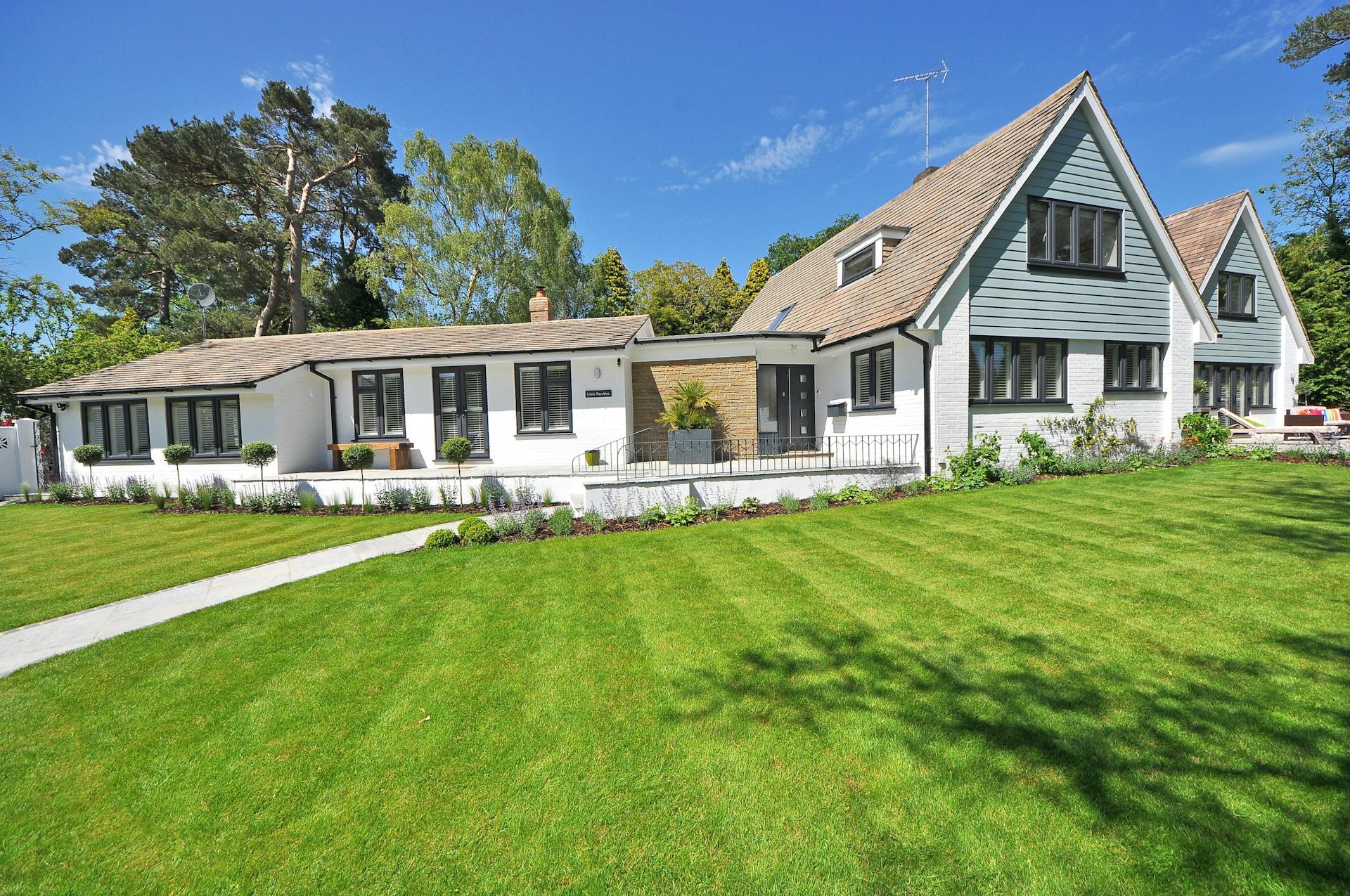
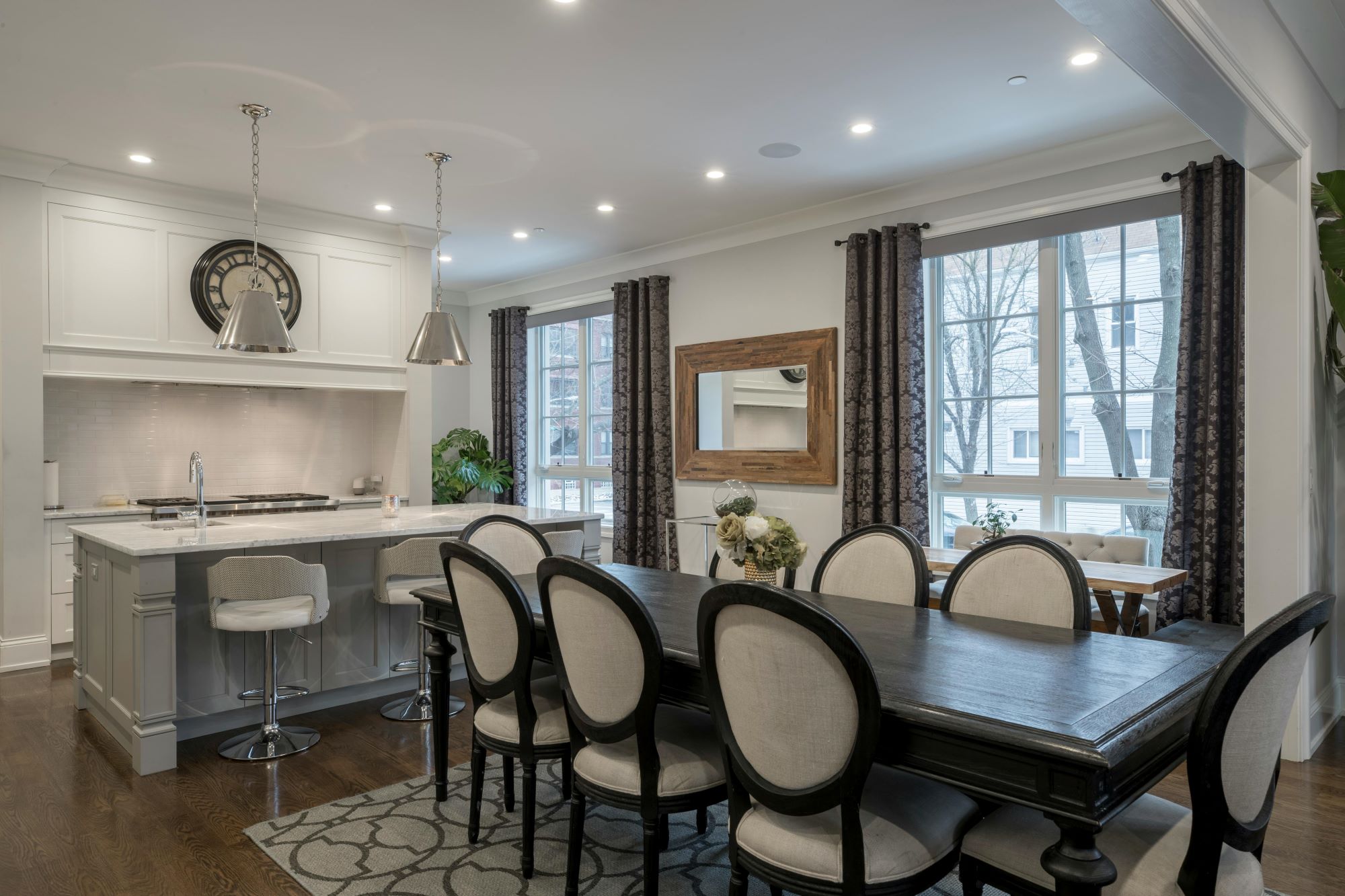


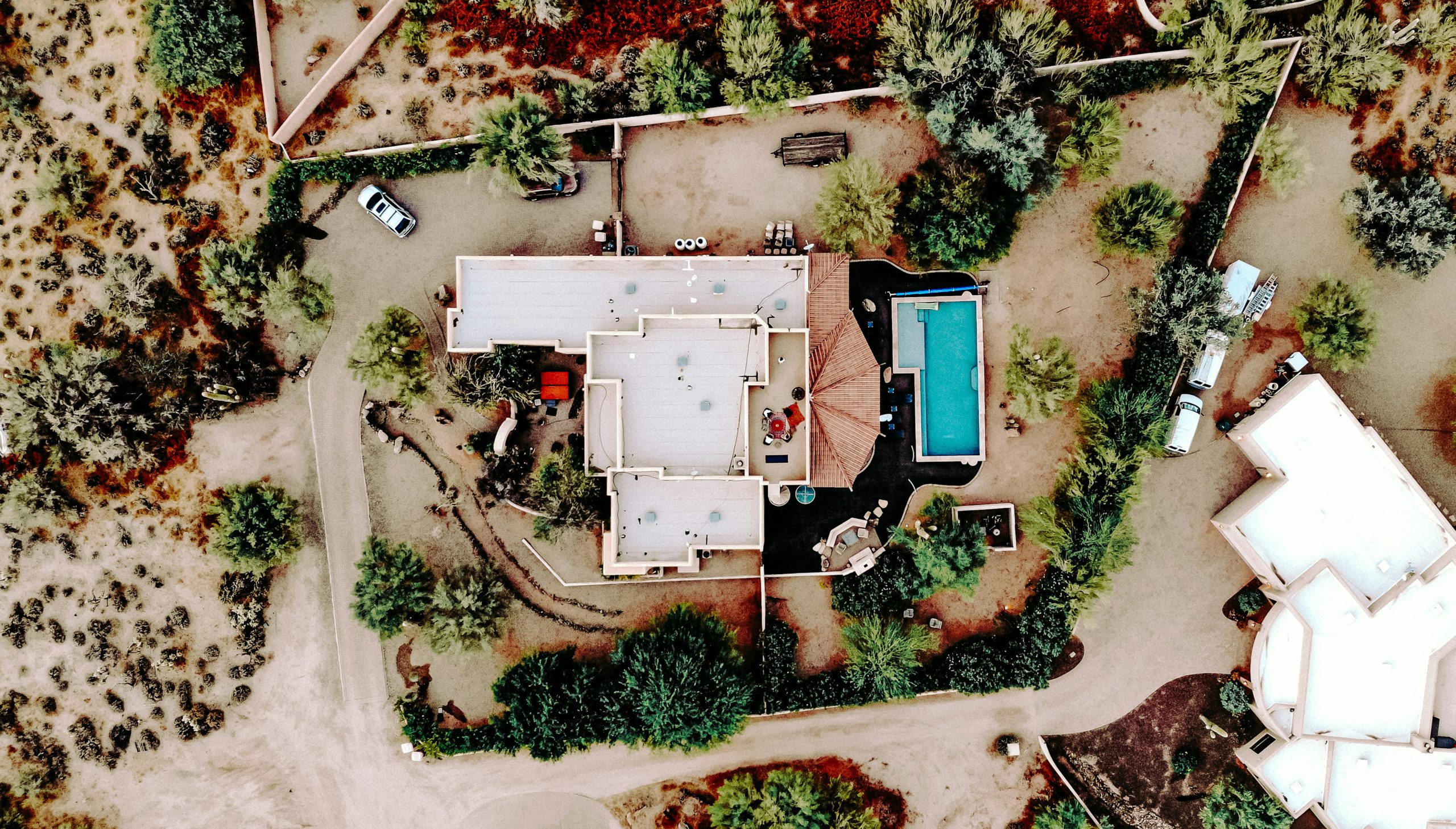
 by Mailchimp (https://unsplash.com/@mailchimp)
by Mailchimp (https://unsplash.com/@mailchimp) by Naomi Hébert (https://unsplash.com/@naomish)”
by Naomi Hébert (https://unsplash.com/@naomish)”
